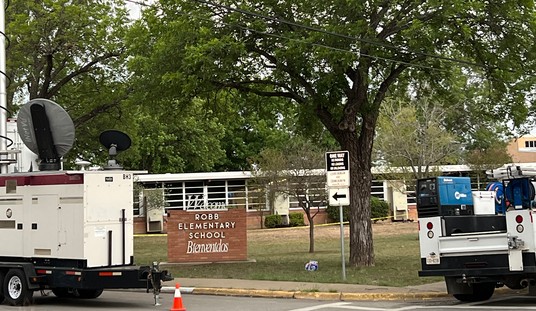What if a vaccine is sitting in a freezer in Houston that has the potential to cross-protect human beings from both the coronavirus and SARS? You would think that pharmaceutical companies and federal scientific agencies would be rushing to offer financial resources to begin clinical testing. That, however, is not the case.
It turns out that a vaccine developed in the early 2000s during the SARS outbreak by researchers at Baylor College of Medicine and University of Texas Medical Branch at Galveston protected mice against severe acute respiratory syndrome (SARS). It may be the best candidate to stop the spread of the coronavirus, now named COVID-19. It looks promising because COVID-19 resembles SARS which spread from November 2002 to July 2003, mostly in mainland China and Hong Kong but also in Toronto. Peter Hotez, a Baylor vaccine researcher and infectious disease specialist calls COVID-19 “SARS-2”.
COVID-19 shares 82 percent of its genes with SARS and infects people through the same cell receptor, one of the “spike-like” proteins that stud the surface of coronaviruses and gives the family their name. The viruses originally jump from animals to people.
The two viruses, which have mostly resulted in deaths in the elderly and people with serious underlying conditions, both can cause a severe form of viral pneumonia characterized by fever, cough and breathing difficulties. The early thinking is that COVID-19 is less lethal than SARS but more contagious.
Hotez has been working the phones looking for the funding to begin clinical trials on the vaccine. There is no licensed treatment or vaccine right now for COVIC-19. All that is available is supportive care to treat the symptoms. The vaccine is a candidate for clinical testing because it has been stored in a freezer and samples have been tested every six months. It is “stable”.
“It may require some tweaking, but it’s stable,” said Dr. James LeDuc, director of the Galveston National Laboratory on the UTMB Galveston campus. “Every virus is different, features some adaptations.”
The laboratory, a high-security biocontainment facility for the study of exotic disease, recently received the live COVID-19, which it will use to test the vaccine in mice, to see whether the SARS vaccine protects against it too. The lab’s researchers created mice engineered to replicate the human disease.
The vaccine never progressed to human testing during the SARS outbreak because the manufacturing of it wasn’t completed until 2016. By then, the threat of SARS was long gone. Pharmaceutical companies weren’t interested in it any longer and took a pass on funding clinical testing. The hope now is that the vaccine can provide at least some if not full protection of COVID-19.
Since the pharmaceutical companies are hesitant to step up and fund clinical testing now – preferring to take a wait and see approach if COVID-19 becomes a seasonal infection like the flu – Hotez is counting on two grant proposals for funding. He knows he isn’t the only scientist looking for a vaccine.
Instead, Hotez is pinning his hopes for clinical trial funding on two grant proposals — one to the British government; and another to the Coalition for Epidemic Preparedness Innovations, an Oslo-based coalition of charities (the Bill and Melinda Gates Foundation is a sponsor) and governments that “aims to derail epidemics by speeding up the development of vaccines.”
The Baylor-UTMB venture is just one of the many ongoing efforts to halt the coronavirus epidemic. About 300 scientists dialed in remotely to a World Health Organization meeting last week to fast-track tests, drugs and vaccines to help slow the outbreak. UT-Austin scientists published a paper in Science on their creation of the first 3D atomic-scale map of the spike protein — the part of the virus that attaches to and infects human cells — that should provide a road map for better vaccine development.
At least eight initiatives to develop new vaccines have been announced, most of which use new technology, such as a type sometimes called genetic immunization, that is considered highly promising but has not yet led to licensure. One Houston firm, Greffex, said it has used genetic engineering to create a COVID-19 vaccine it will now take to animal testing.
Hotez thinks the Baylor-UTMB vaccine has an advantage because it has already been tested on animals and it is based on classic vaccine technology. The big question is if the funding can be found and clinical testing performed in time to help with the spread of the current emerging pandemic. The process could take up to a year and by then the spread of the disease may have played out. The only hope of speeding up the process depends on the outbreak becoming even worse than it is now, which no one wants.








Join the conversation as a VIP Member